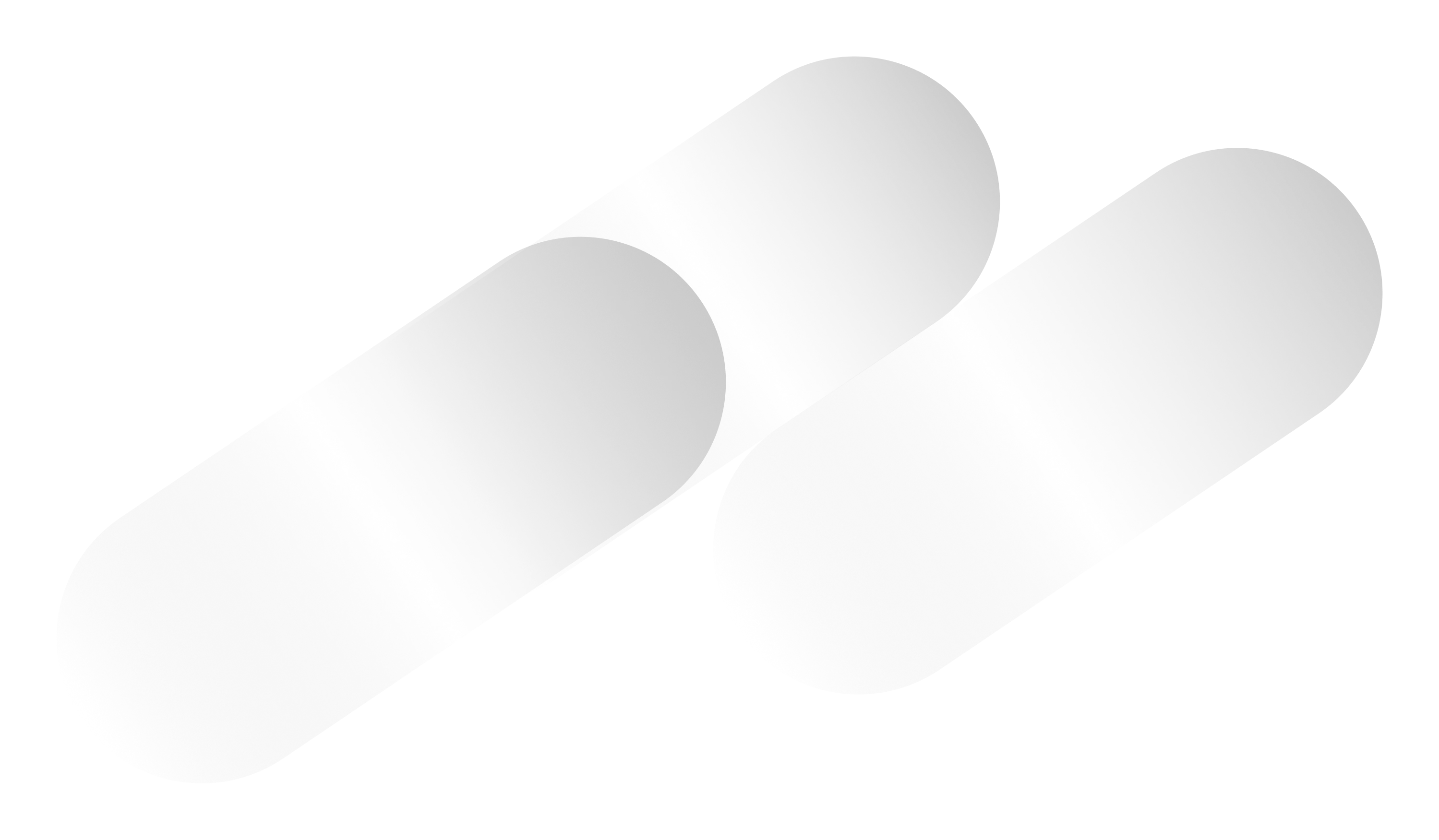The location of the experimental test period is a 1.2-hectare, not fully modern greenhouse situated in the town of Aba, where the grower has been engaged in the cultivation of greenhouse cocktail tomatoes for 15 years.
The greenhouse is an 18-bay structure (18*4.5m), with 5 rows per bay, and the rows are 85 meters long, using a tray-based cultivation system. The row and plant spacing is 150 cm * 30 cm. The plant density is 2.2 plants per square meter.
The tomato variety grown is Ardiles Reina, which is cultivated as grafted seedlings on Maxifort rootstock. The seedlings were planted on November 15, 2023, for the experimental season. The planned cultivation period was from November 15, 2023, to December 10, 2024.
The application of liquid organic-mineral fertilizer started with the irrigation following the planting of the seedlings. To the pre-mixed high-concentration fertilizer solution, which amounts to 1000 liters of stock solution, we added 6 liters of the fertilizer. The fertigation system automatically irrigates with a pre-set EC value. In our case, this was 3 per mille, mixed with clean water, at a pH of 5.5.
Planting:
The first positive observation was evident during the transplanting and rooting phase. The root system was healthy, densely branched, and showed vigorous growth. The result after the first week following transplanting can be seen in the image below.
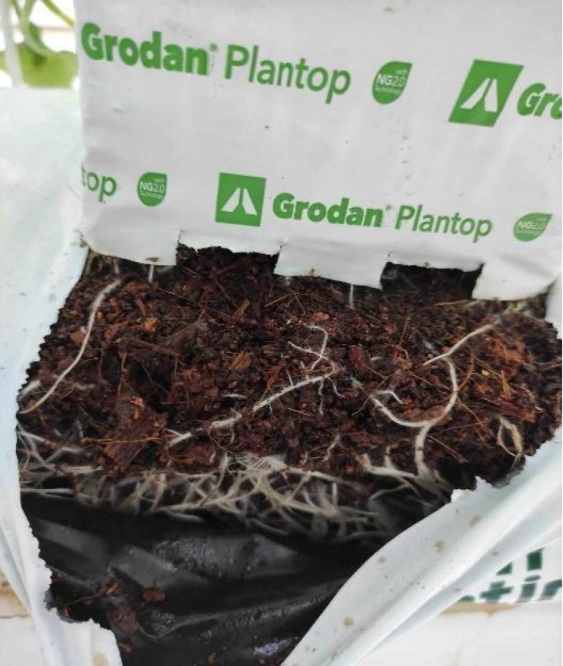

The following image shows the rooting of an untreated plant. The root development was slower, with fewer branches. The root system was not vigorous and appeared somewhat weak.
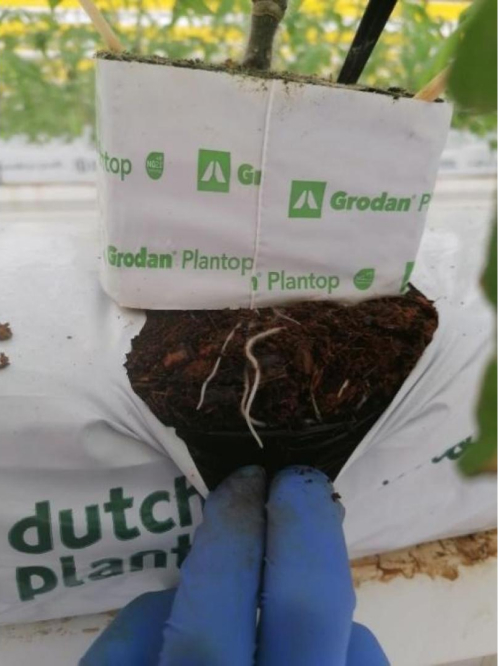
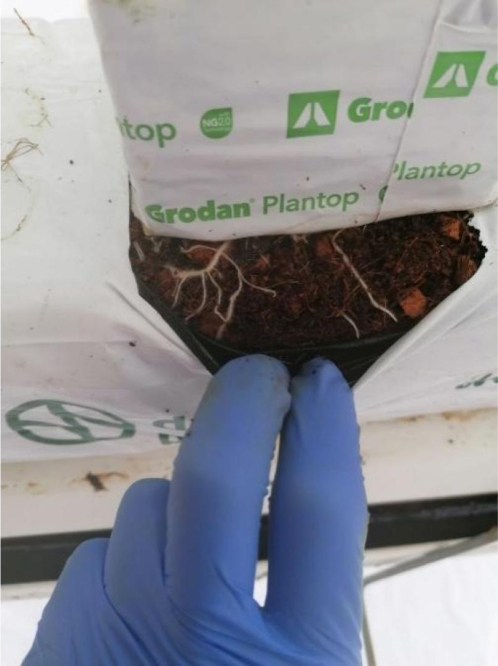
Vegetative Growth Phase
During this period, we continued the application of the liquid organic-mineral fertilizer, maintaining the same amount—6 liters per 1000 liters of stock solution. In this period (December), the natural light intensity was low (36 W/m2), and the set average temperature was 15.5°C. Although tomatoes generally require more light and higher temperatures, the plants tolerated these environmental factors well. The resulting plants were very attractive and well- balanced. The foliage development and plant growth were consistent. The treated crop was uniform.
The following image shows the rooting of a treated and an untreated plant. The root development was slower in the untreated plant, with fewer branches. The root system was not vigorous and appeared somewhat weak.
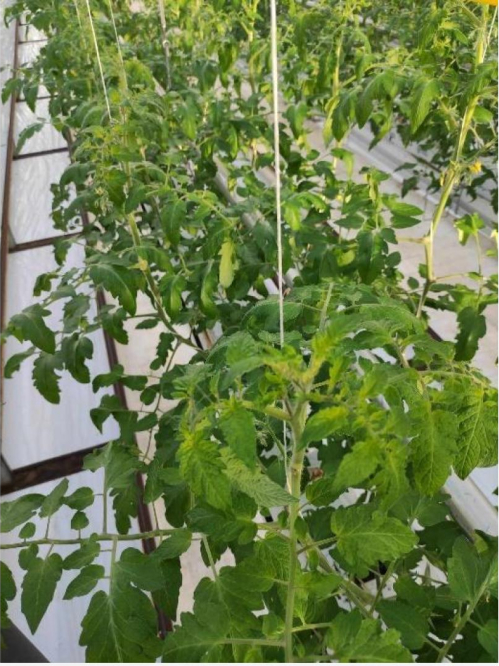
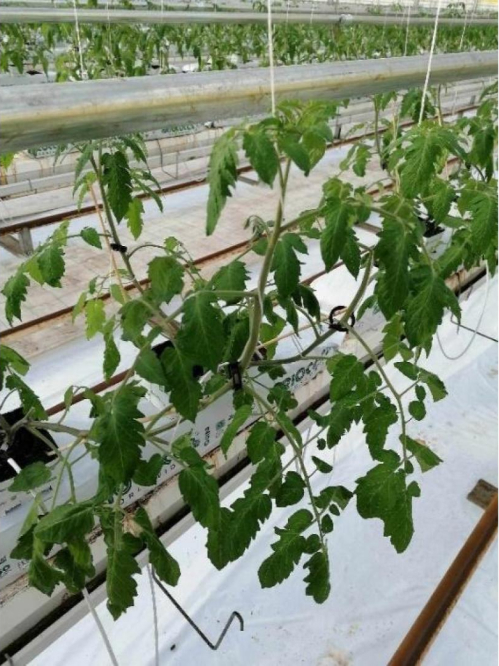
Flowering and Fruit Set
Due to the low light intensity, flowering was slower, but the quality of the flowers and pollen was satisfactory. The flowering and subsequent fruit set of the treated crop were uniform.
Fruit Ripening
Fruit ripening began 8 weeks after the first cluster flowered. The berries reached an appropriate size (40g), and the ripening process was uniform.
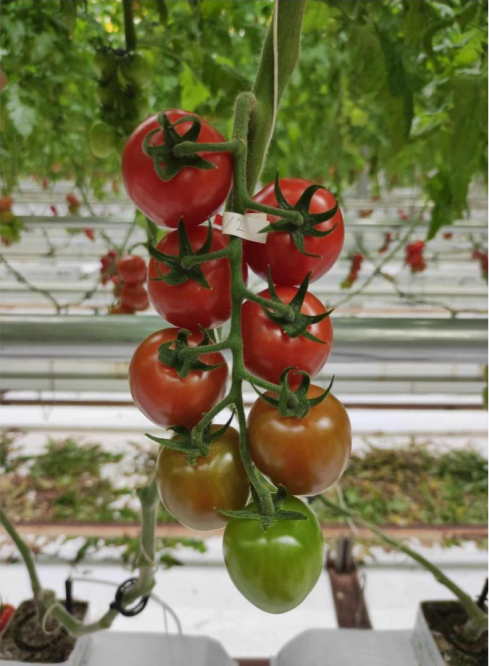
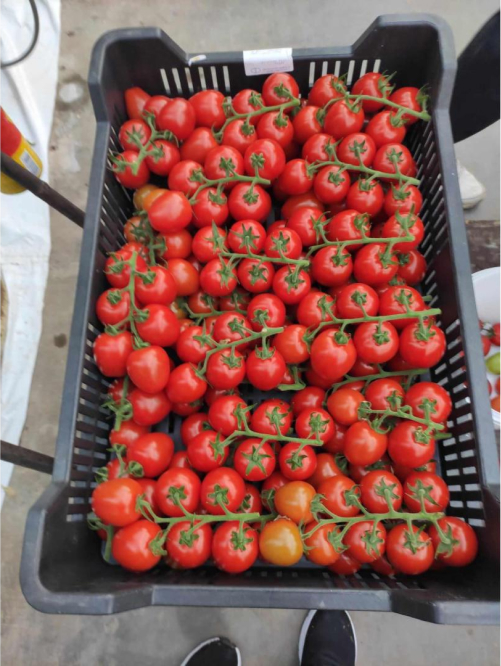
In the following image, the ripening of a cluster on an untreated plant is shown. The berries in the cluster are sparsely arranged. The ripening process is slow and not continuous within the cluster. This can also be attributed to the delayed blooming.

Summary
The greenhouse is a 18-bay (184.5m) structure with 5 rows per bay, each row being 85 meters long, using a tray-based cultivation system. The spacing between rows and plants is 150cm30cm, with a plant density of 2.2 plants/m2.
The cultivated tomato variety is Ardiles Reina, grown as grafted seedlings on Maxifort rootstock. The planting date for the experimental season was November 15, 2023. The planned cultivation period was from November 15, 2023, to December 10, 2024.
Liquid organic-mineral fertilizer was applied with the first irrigation following seedling planting. To the pre-mixed high-concentration fertilizer solution (1000 liters of stock solution), 6 liters of liquid fertilizer were added. The fertigation system irrigates automatically, with a pre-set EC value of 3 per mille, mixed with clean water to achieve a pH of 5.5.
One important consideration with the fertilizer dosage is that increasing the 6-liter amount immediately raises the pH value of the growing medium. Maintaining an optimal pH of 6-6.5 is crucial, as a 7-liter dosage caused a noticeable pH increase by the next day.
- It resulted in increased yield.
- The fertilizer had a positive effect on the growth and leaf formation of the treated plants.
- The treated tomatoes developed more flowers, fruit set occurred earlier, and the fruits matured more quickly.
- hroughout the entire cultivation period, the plants were in better condition, had higher stress tolerance, and improved nutrient uptake.
